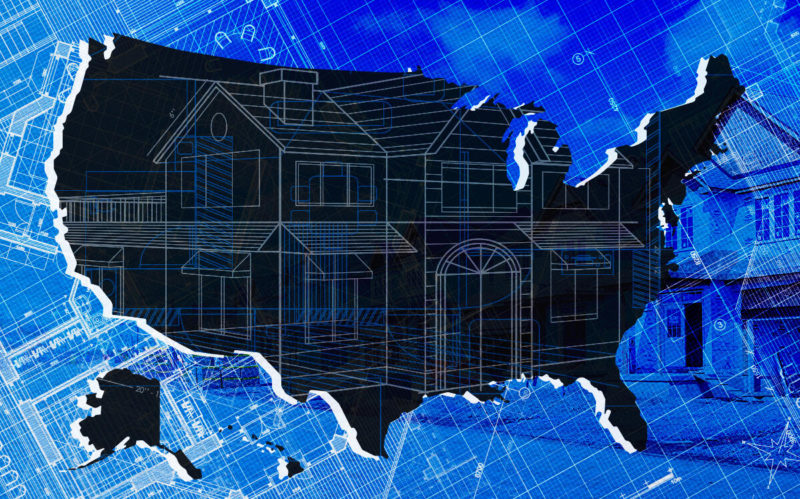New housing construction has fallen but is on par historically
The following is one of the hundreds of data sets available on TRD Pro — the one-stop real estate terminal for all the data and market information you need.
Given inflation, rising interest rates, economic uncertainty and flatlining home prices, one would expect that housing construction would be at an all-time low.
Not even close.
Though new housing starts in the U.S. have dipped over the past six months, the number is within the historical norm.
According to St. Louis Fed economic data, construction of more than 1.4 million privately owned homes began in October.
Source Note: U.S. Census Bureau and U.S. Department of Housing and Urban Development
The October total matches the monthly average of the past 63 years.
To be sure, the building sector has not gone unscathed as the central bank’s war on inflation has raised interest rates and ended the pandemic housing market boom.
Between April and October, the number of housing starts declined by 400,000, or about 22 percent.
At the New York City level, the expiration of multifamily construction tax break 421a has developers focusing on current projects rather than raising money for new ones. But even some development sites that qualify for 421a might not beat a looming construction deadline.
Nationally, the dip in new home construction is roughly half of the one that began when Covid hit. New units in 2020 dropped from 1.6 million in February to 938,000 in April, a 41 percent decrease.
That drop was reminiscent of one in the 1990s, when severe job loss and painfully slow job recovery led to a recession that caused new housing starts to drop 50 percent, from 1.6 million to 798,000 units, in the 12 months ending January 1991.
Of course, nothing compares to the era between 2006 and 2009, when the subprime mortgage crisis across the country led to the most dramatic drop in new-housing starts in memory. The housing bubble’s inflation and sudden end was reflected by a decline from 2.3 million units started in January 2006 to just 478,000 in April 2009, a 79 percent plunge.
The good news is that the nation has seen roughly a 14 percent increase per year from that low point in 2009 to October 2022. The caveat is that big cities like New York still failed to keep pace with demand.
The Real Estate Board of New York recently calculated that the city will have to produce 560,000 units before the decade is over to catch up. The city is falling short of that pace.
Source: therealdeal.com













